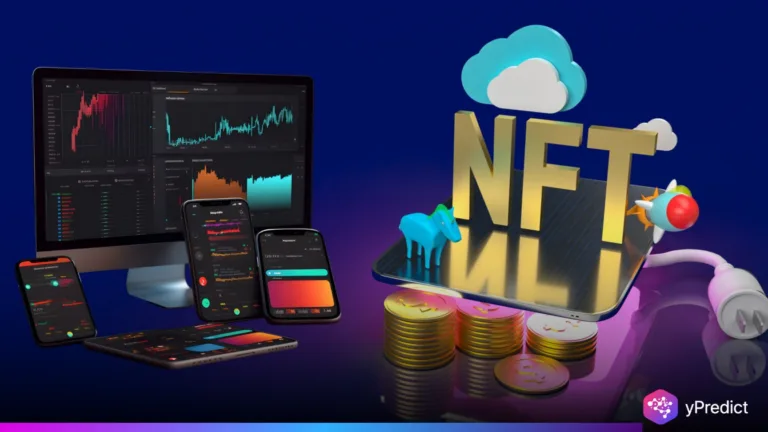
The FUNNAI Token officially launched on ICPTokens.net this week, drawing fresh attention to AI-native tokens. Its listing coincides with a 7.58% spike in the Internet Computer (ICP) price, which climbed to $5.20 as of July 10, 2025, according to CoinMarketCap. The move reflects a rising wave of interest in decentralized AI infrastructure and token models that reward artificial intelligence computation over traditional mining.
AI Takes Center Stage with Proof-of-AI-Work Model
The FUNNAI Token operates on a unique Proof-of-AI-Work (PoAIW) model. Unlike conventional consensus mechanisms like Proof-of-Work (PoW) or Proof-of-Stake (PoS), this AI-specific method aims to incentivize real-world artificial intelligence tasks. Instead of burning electricity or staking capital, participants contribute AI compute to validate transactions.
While PoAIW is still unproven in terms of peer-reviewed studies, its conceptual appeal is strong within the AI development community. The model signals a shift toward making AI computation itself a form of value generation on-chain. This early launch places the FUNNAI Token at the front of a narrative that increasingly ties token rewards to practical AI applications.
Onicai Leads the AI-as-a-Service Shift
Behind the FUNNAI Token is Onicai, a fast-rising AI-as-a-Service startup. The company has aligned itself closely with the ICP Blockchain to gain access to its scalability and performance. By leveraging Internet Computer’s WebAssembly-based smart contracts, onicai seeks to deliver decentralized AI models that run directly from the blockchain without relying on traditional cloud infrastructure.
Onicai also benefits from ICP’s Cycle Burning mechanism, which enhances token scarcity. As onicai’s users spend FUNNAI to access AI models, those tokens are converted into “cycles”, the Internet Computer’s computational gas, and destroyed permanently. This integration makes every AI transaction inherently deflationary, tightening supply over time while supporting value for active token holders.
Cycle Burning Adds Deflationary Edge to AI Tokens
The Cycle Burning strategy remains a core draw for projects launching on the ICP Blockchain. For the FUNNAI Token, it adds an economic mechanism that mirrors real-world computational costs. As more AI developers adopt the network, demand for cycles could drive consistent token usage and destruction. ICP’s native model treats computation as a consumable asset, and FUNNAI taps into this by linking AI processing directly to token value.
By turning every inference or AI task into a burnable event, FUNNAI Token introduces a closed economic loop, one that appeals to both developers and long-term holders looking for sustainable, utility-driven growth. This burn mechanism stands out at a time when AI tokens are often criticized for lacking utility or overrelying on hype. FUNNAI’s approach tries to fix that by letting users see how their tokens fuel real AI outputs.
ICP Blockchain Gains Momentum Amid AI Expansion
The ICP Blockchain itself has experienced renewed investor momentum alongside FUNNAI’s listing. With a total market cap of $2.78 billion and growing infrastructure for smart contracts, ICP continues to position itself as a backbone for AI-native projects. The 7.58% price rise over the past 24 hours highlights this market sentiment. Unlike Layer-1s focused only on DeFi or NFTs, ICP’s architecture enables scalable, low-latency AI deployment.
FUNNAI’s integration into this ecosystem adds a clear use case for the platform’s computational strengths. It also gives visibility to smaller AI projects like onicai, which can now compete without centralized compute costs. As AI continues to shape the blockchain narrative in 2025, the FUNNAI token appears poised to serve as a real-time example of what happens when tokenomics, computation, and decentralization merge into one streamlined model.






